|
Adam Eichenwald, Masters Student I’m now about halfway through my research season, and so I figured I’d post an update to the lab website on my progress. This post will concentrate on the more project-specific details of what I’ve been up to, since readers are more likely to be science-oriented. However, I’ve linked below pages from my blog at the UCROSS website if you’re interested in more broad background info and stabs at comedic writing. Readers here do need a little background information to make sense of everything, of course; I wouldn’t leave you completely in the dark just to increase my blog readership (although…maybe I did consider doing that). For those of you who have never visited my “about me” page on this website, my master’s work is focused on researching interactions between species in an Alaskan food web. I’m interested to see if the gyrfalcon (the largest falcon species in the world) has an indirect effect on willow shrubs through predation of ptarmigan, its preferred prey. Ptarmigan are known to affect the structure of willow shrubs by eating buds on branches, and I’ve hypothesized that ptarmigan will intensify browsing of shrubs at further distances from gyrfalcon nest sites to avoid being consumed. There are, however, two species of ptarmigan present on the landscape, and it is unknown whether gyrfalcons prefer to hunt one species or the other. Therefore, any indirect effect I find has the potential to be affected further by prey selection behavior. The effort required to get this project off the ground has given me a fantastic crash course in project design. After a year of work and lots of advice from Os Schmitz, I’ve established a number of interlocking facets to my research. To help my brain keep track of everything, I’ve split my time and the project into two separate parts. For the first month of the project, I worked on the more complicated part 1: obtain data on the potential trophic cascade. This required four separate collection methods operating almost simultaneously: helicopter surveys to find and GPS-mark all gyrfalcon nests in the study area, ptarmigan surveys to locate places where prey are most heavy in abundance, shrub surveys to estimate intensity of ptarmigan browsing, and kill site surveys to locate anyplace where a gyrfalcon attacked and killed a ptarmigan. There were, like in any new project, complications. It turns out that I horrendously misjudged the distances I would be working with when I was in the planning stages back at Yale. Blame the Mercator map (cartographers know what I’m talking about). It turns out that Alaska is…rather large. While I knew this before stepping onto my flight, I didn’t fully appreciate how mind-bogglingly huge it really is. My study area – the bottom third of a “small” peninsula – is still approximately the size of the entire state of Massachusetts. While this wouldn’t be an issue if I were performing a pilot study for a PhD, I only get one research season to collect all the data I need for my thesis. A small part of me wonders if this is intentional on Yale’s part, to see if master’s students are capable of thinking on our feet to compensate for problems we encounter in the field. Some of my problems were solved by splitting the work. I’m collaborating with the Peregrine Fund, a nonprofit organization that studies birds of prey. To collect everything that we needed, other researchers performed the helicopter surveys while I focused on performing assessments of ptarmigan abundance. The helicopter surveys required an additional visit on foot to the nests before falcon eggs hatched, and I split off from the team to perform an investigation into browsing intensity while they hiked to each nest. This last part was the most difficult portion of the project, as my original plan was to begin surveys at the gyrfalcon nest and move away from that central point. However, due to thick brush and snow I could not move fast enough to get more than 800 meters away from a nest in the time I had allotted – and gyrfalcons are known to forage for kilometers surrounding their nesting sites. Thankfully, I was able to amend my methods to compensate for this fact, which I ran by the Yale Forestry statistics professor and the Schmitz Lab secret arctic expert, Rob Buchkowski. Don’t tell Rob’s isopods that before they came along he spent most of his time chasing mammals in the high arctic. It would break their little hearts. After a false start, I was accumulating large amounts of data. Unfortunately, I was working against the clock. Once leaves sprout in May, it becomes almost impossible to measure browsing intensity of willow shrubs. Ptarmigan also become almost invisible, hiding under the newly grown leaves with a more camouflaged molt. That said, I was able to collect a large amount of data by the time I was forced to conclude that portion of the project – enough, I hope, to allow for a trophic cascade analysis. Now I’m on part 2, which is aimed to discover whether gyrfalcons prefer one species of ptarmigan to the other. Now that their chicks have been born, the gyrfalcons are bringing most of their kills directly to their nests to feed to their young. This means that there is a veritable boneyard both inside and surrounding the nest, unfinished prey remains that have been left to rot. And these remains have DNA! Currently, my days are spent hiking to gyrfalcon nests, collecting all the bones I can find, and freezing them upon return to base camp. Hopefully, I will be able to amplify enough DNA from the bones to determine which species of ptarmigan has been captured and consumed most often. This has been a quick look into the ongoing Schmitz Lab gyrfalcon project! If Alex lets me post to the blog twice in one research season, I’ll come back to the website in July with photos of the salmon migration. I’m particularly eager for the migration season, since they swim up the river that passes right through basecamp. I’m told that we will be able to fish fresh salmon from right next to our kitchen. Hopefully that will offset the almost unbelievably high food costs here, which have taken a rather large bite out of my budget.
353 Comments
|
Archives
November 2019
Categories
All
|
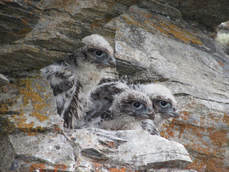
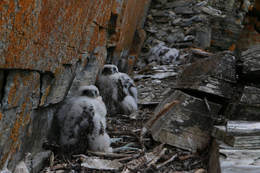
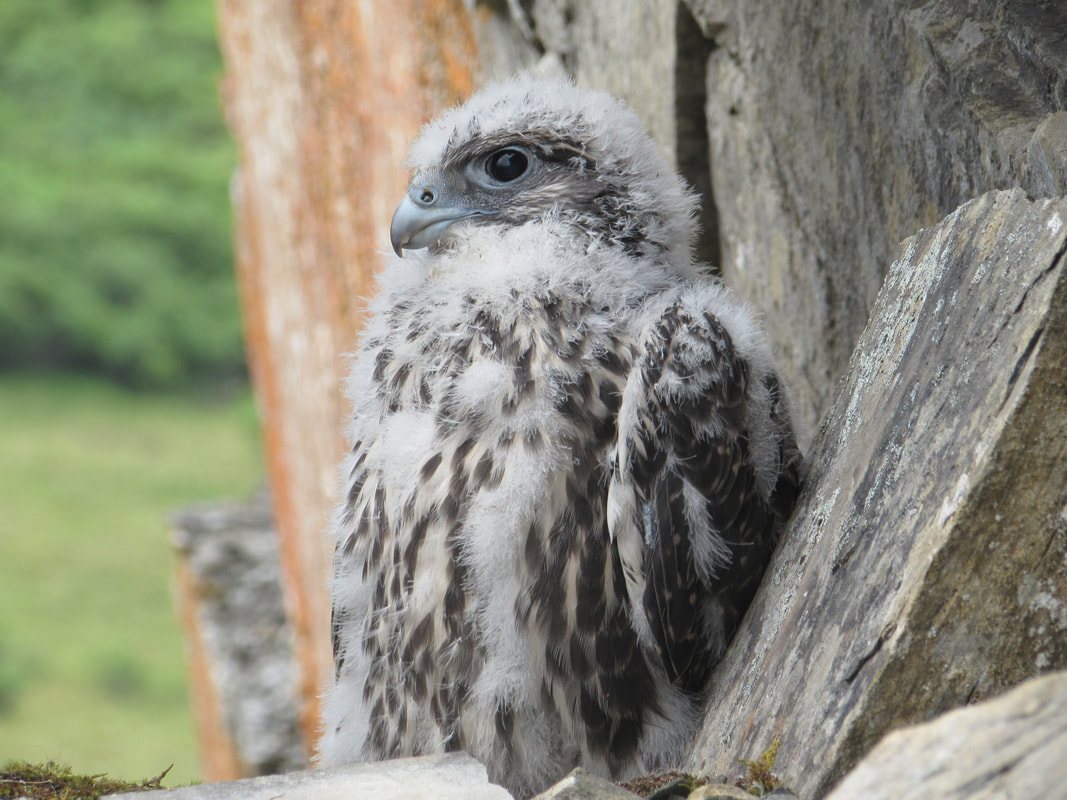
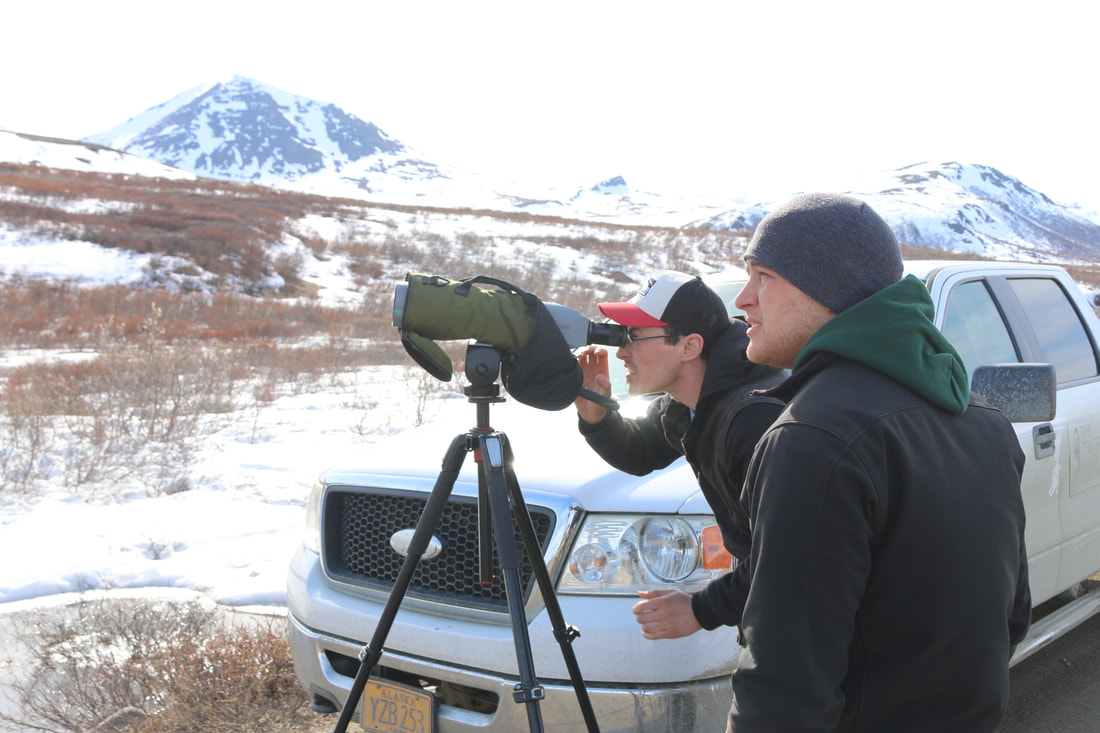
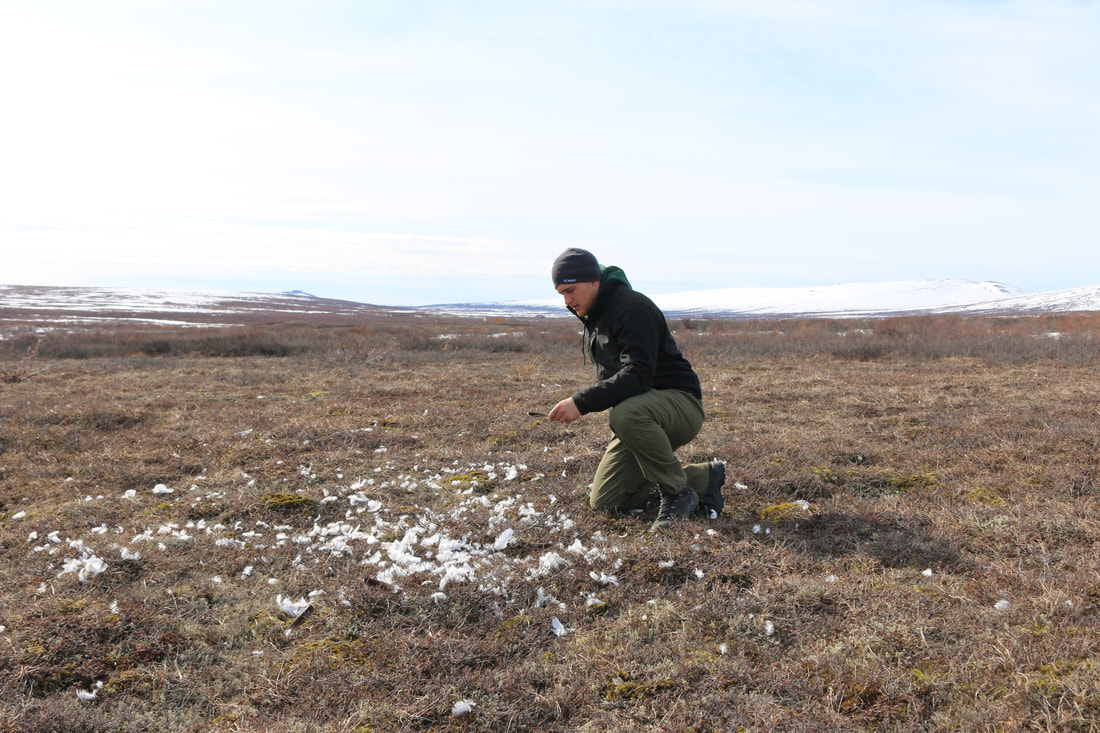
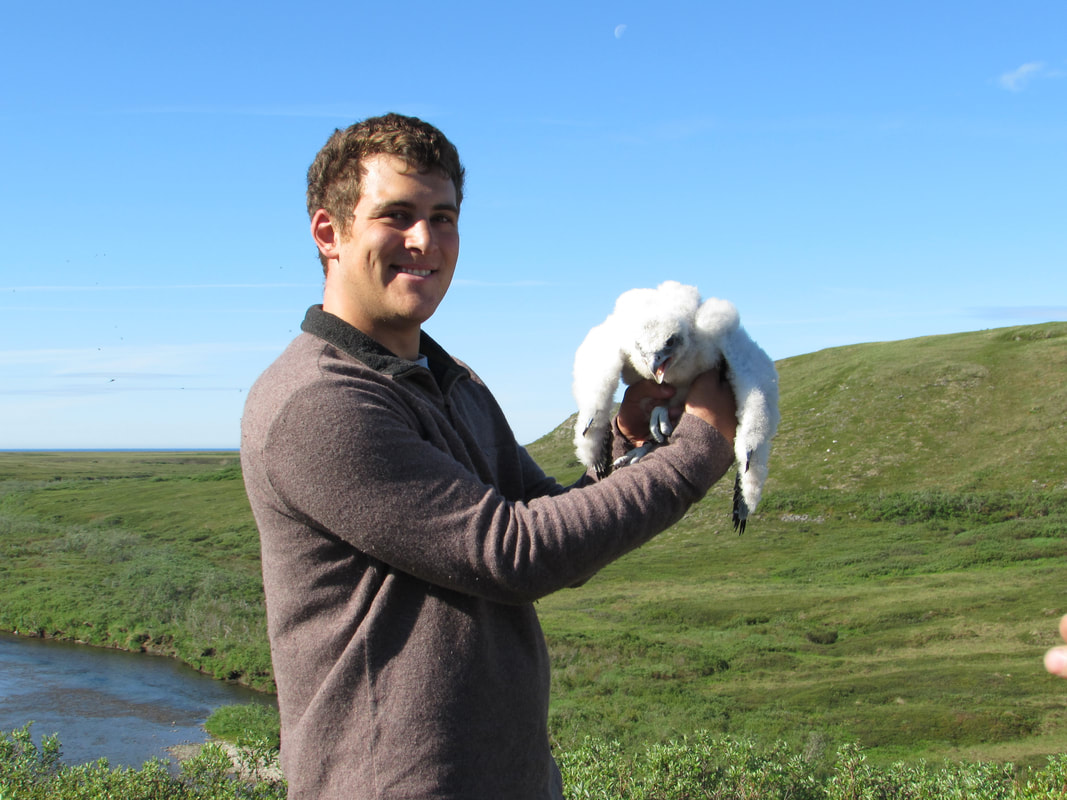
 RSS Feed
RSS Feed
